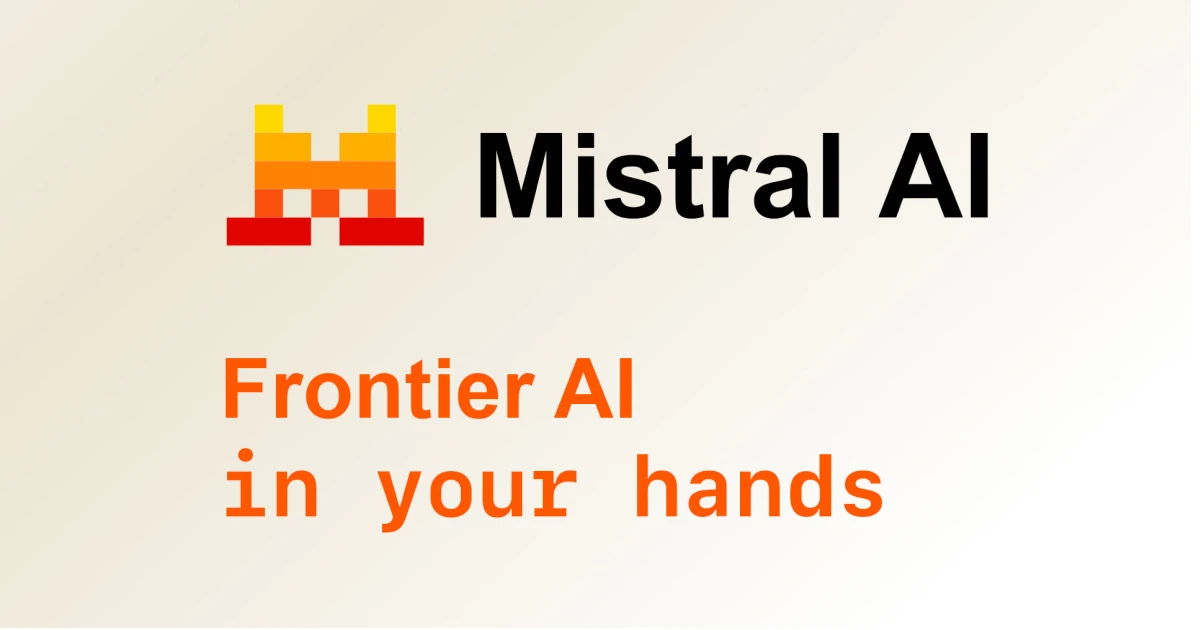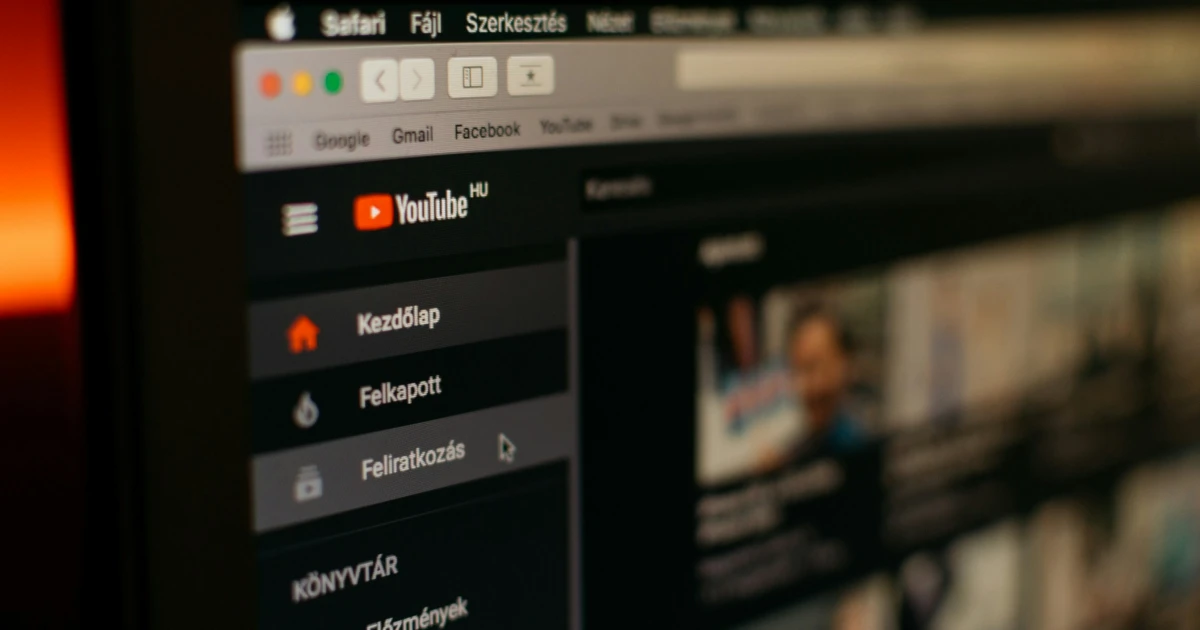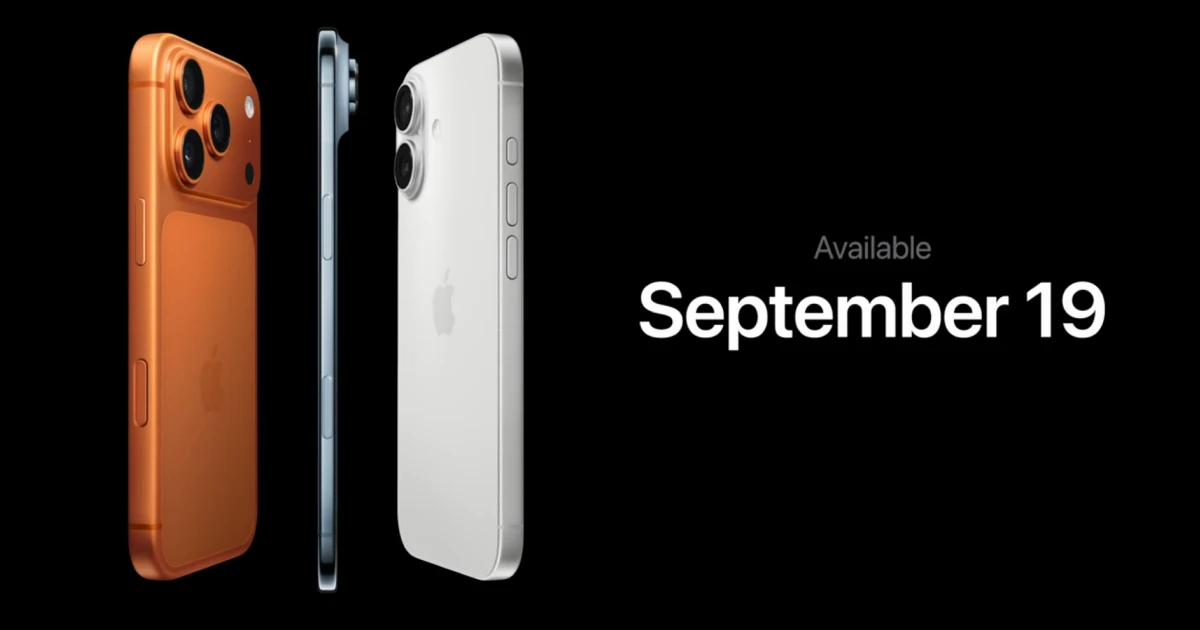After ChatGPT was released to the public at the end of 2022, everything changed for both students and teachers – in different ways. Students started using ChatGPT to write their essays mindlessly, sending them as their own – something that sent all teachers into a panic. Because of this, schools in NYC have even blocked students’ access to ChatGPT on school networks.
However, even some educators wanted to try it out. For this reason, they used ChatGPT to evaluate their students’ homework and papers, admitting that the tool provided more detailed feedback than they could ever have.
So, this raises the question: human teachers or AI? Will AI replace teachers?
It’s easy (and expected) to understand why teachers feel uneasy and threatened about this. ChatGPT is a highly advanced technology that came out of nowhere. And it also performs well in various industries and academic fields.
The reality is that – yes, ChatGPT, Google’s Bard, Bing Chat, and other AI generative platforms are all highly advanced educational technologies. But they can’t be teachers. While they excel at generating content and providing information, they lack the empathy, understanding, and personalized guidance human educators offer. Plus, sometimes, the content generated might not even be completely accurate.
However, GenAI platforms can be teachers’ best friends!
With the right approach, these AI tools can actually be effective teaching tools. So, instead of immediately repulsing them, we should think of them as AI tools for teachers because whether we like it or not, edtech is evolving – so it’s time to embrace the future of AI in education.
In fact, a teacher in the United States has done exactly that! She asked her students to use ChatGPT (counterintuitive, I know) and to generate an outline for their essay. Once those outlines were created, the students closed their laptops and proceeded to write their essays based on the ideas from ChatGPT. The teacher stated that this helped students understand the topics much easier and taught them how to use AI tools for educational purposes (without copy-pasting everything).
AI in education helps teachers go beyond their classroom!
The latest edtech trends have also discussed the possibility of holographic representation of teachers. Again, this raises the question of whether AI will replace teachers. However, advancements in such technology remain a future ideology.
Holograms can be considered educational technology that goes beyond just the projection of our teachers. It offers the possibility of taking students on virtual field trips. At first, you might think, “Okay, so what?” However, its ability to display geographical sites, view scientific experiments, or even participate in historical moments will make a difference for many students, especially for those who are frustrated with the traditional memorization-based learning system. And a school in Canberra, Australia, has already started introducing this initiative into its curriculum.
Although the question remains – “Will AI replace teachers?” – it’s time to embrace the future of education and the educational technology that we can use! Your students are going to thank you for that!







.webp)








